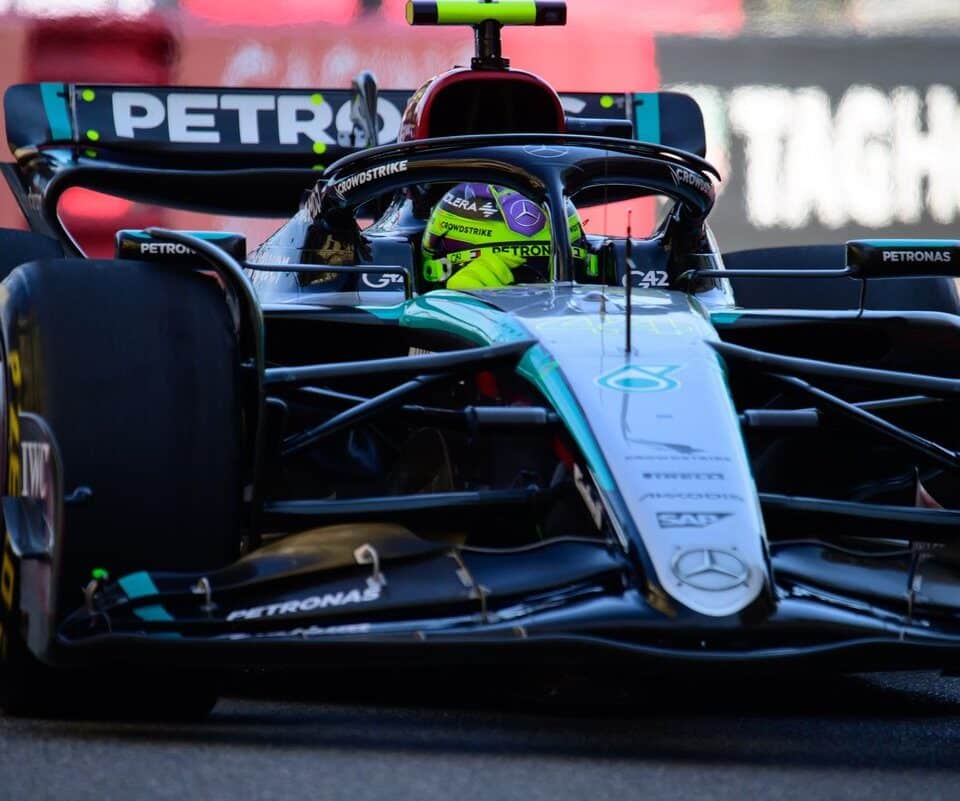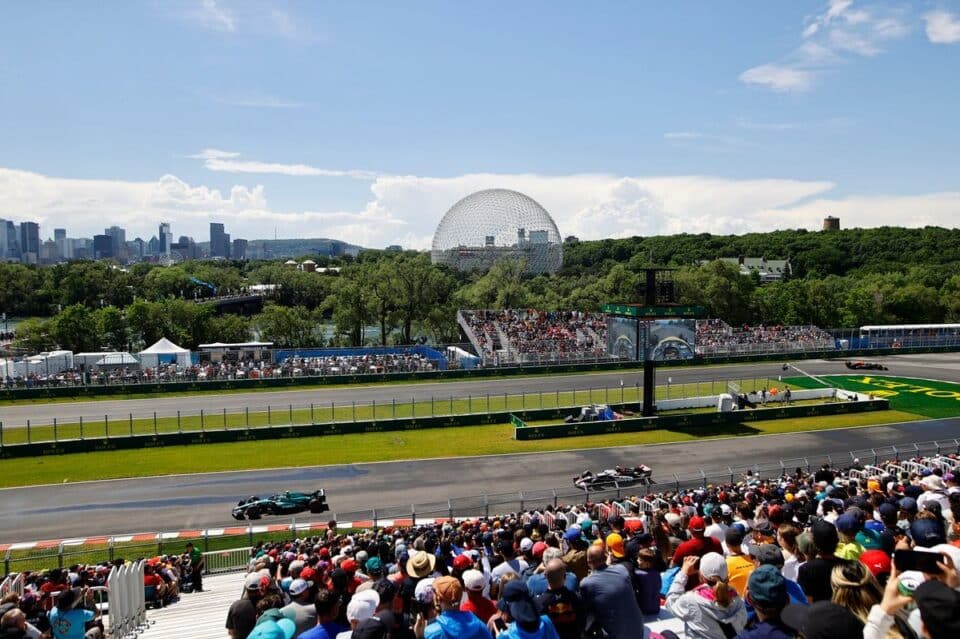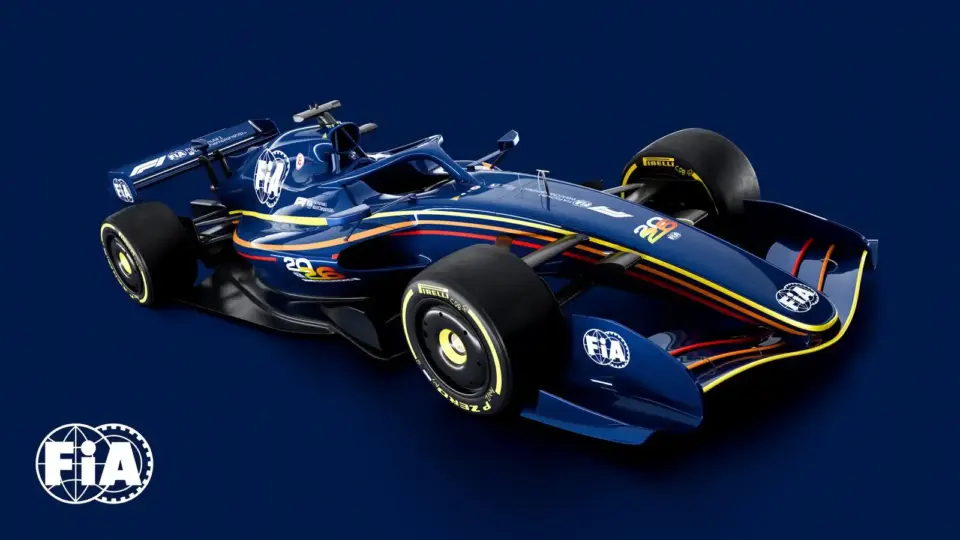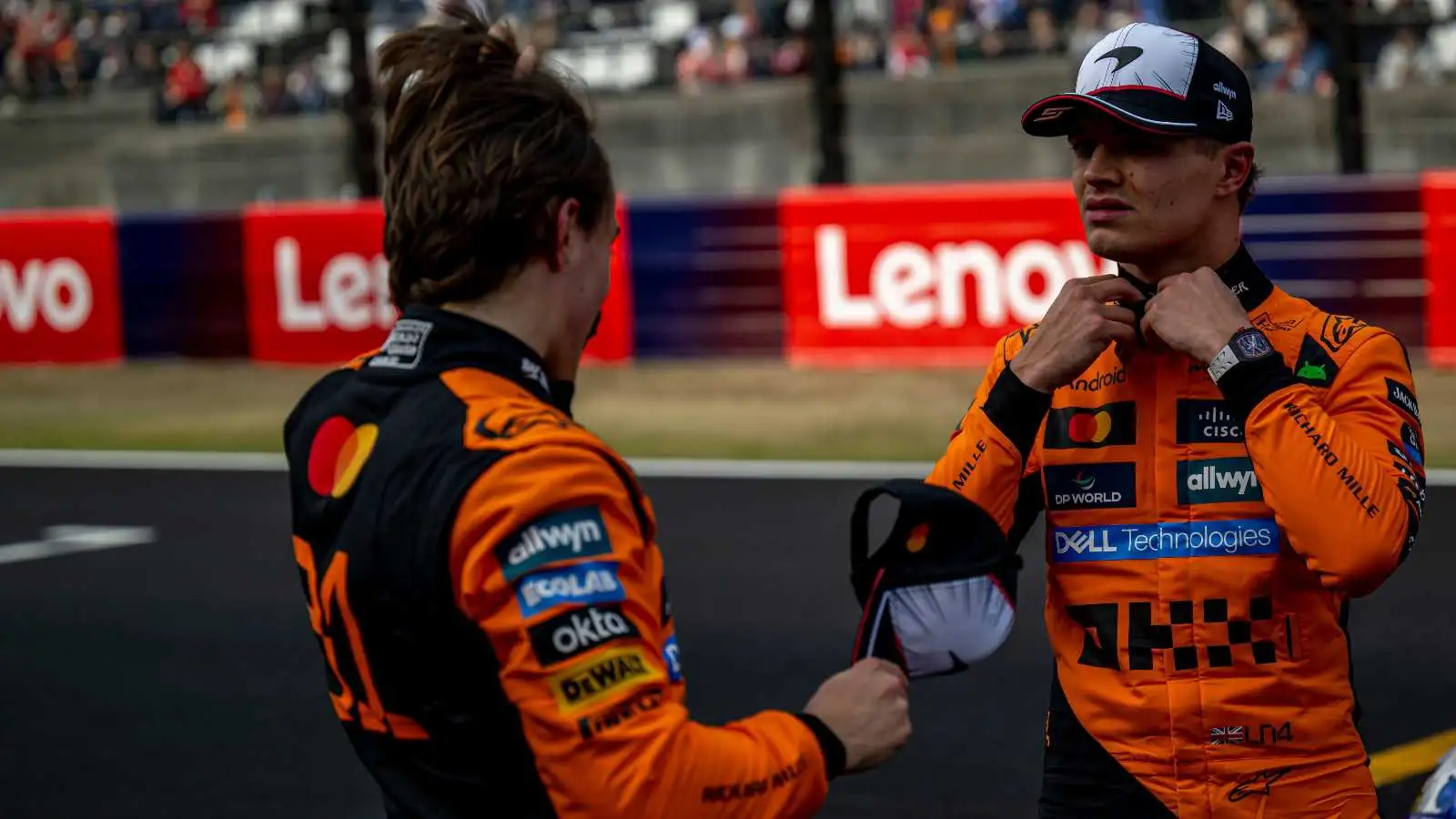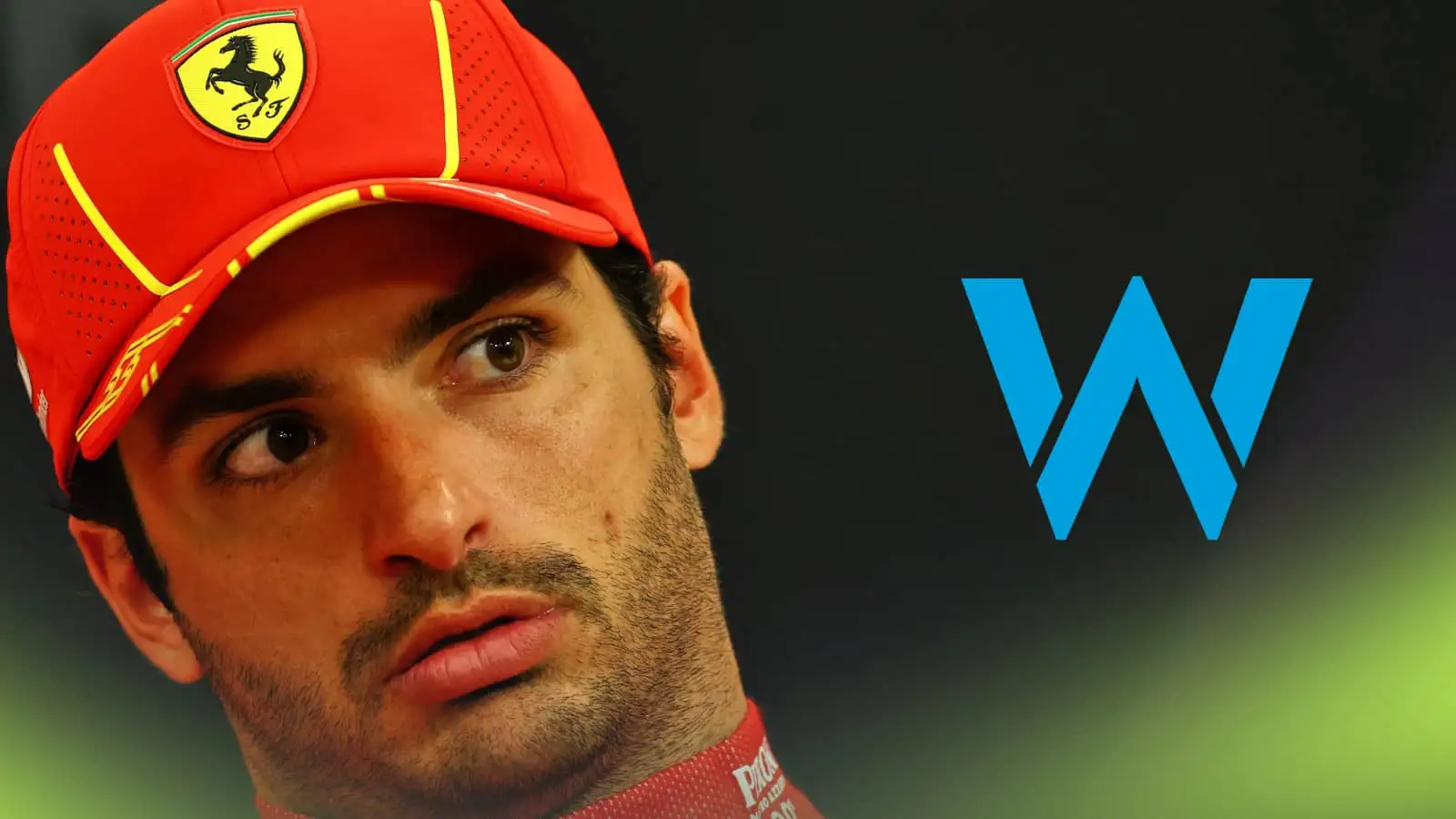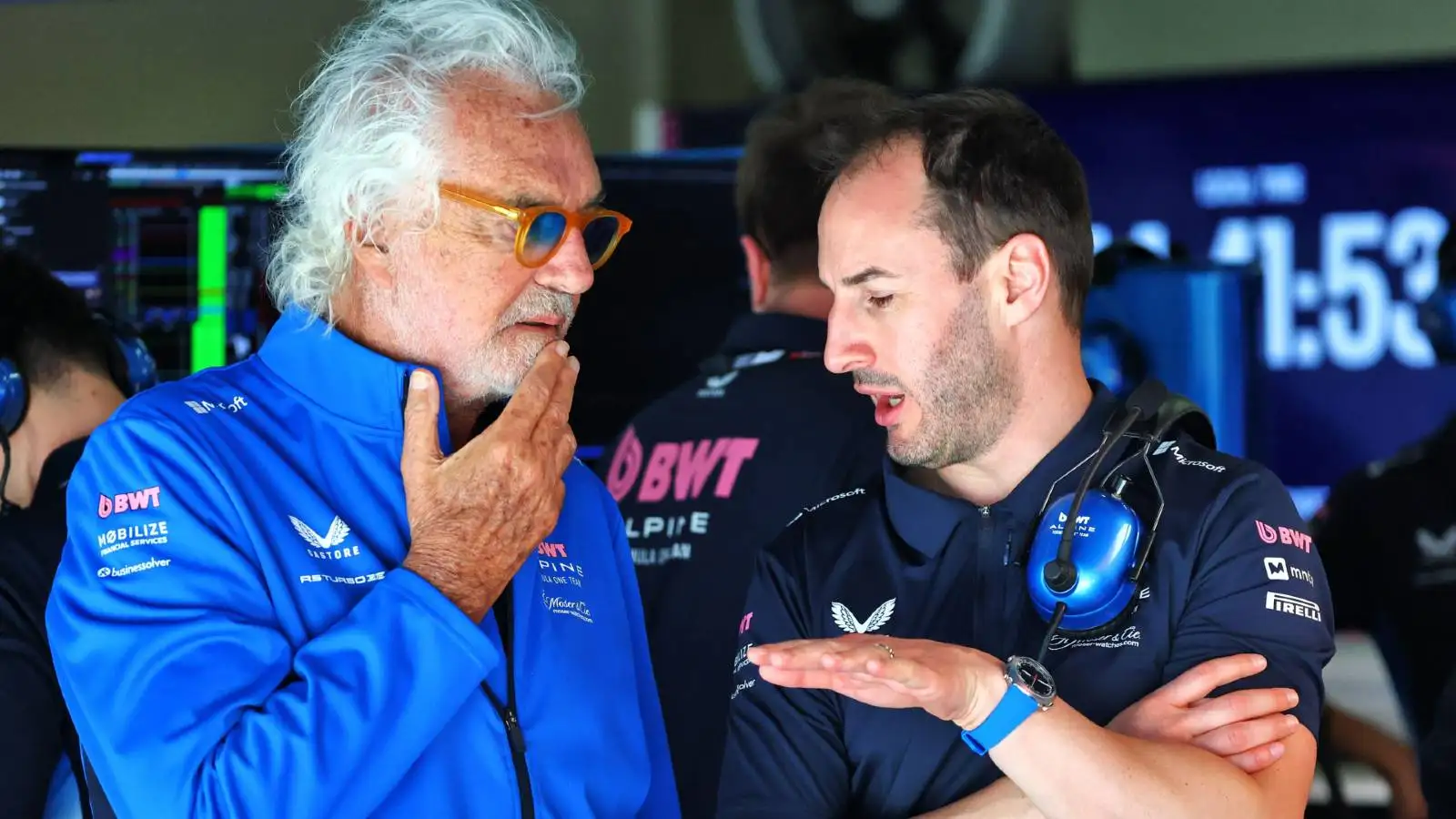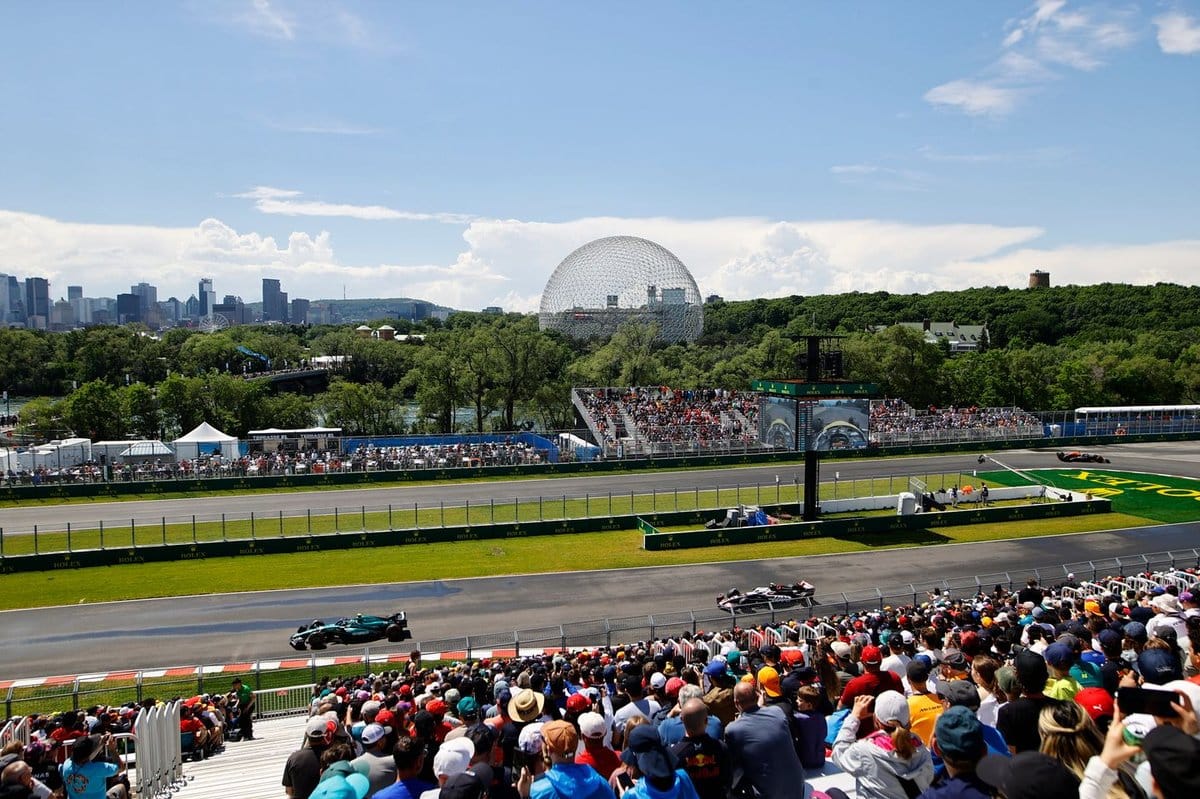After the Miami Grand Prix, Lewis Hamilton didn’t hold back on his assessment of the current F1 tyres. According to the seven-time world champion, the tyres nowadays have the smallest operating window he’s ever experienced. He even called it ‘probably the most frustrating thing’ about the sport at the moment. ‘You look back in the day when you had a much bigger working window to work with. Then you can just optimise the balance and then just have good grip throughout the whole lap. This is definitely my least favourite,’ Hamilton remarked.
Hamilton’s comments weren’t left unchallenged. Pirelli’s F1 chief engineer, Simone Berra, believes the perceived ‘peakiness’ of the tyres isn’t about a change in their characteristics. Instead, it’s the tightening competition in F1 that magnifies these minute differences. Berra noted that in the past, a few tenths of a second weren’t as critical because teams and cars had larger performance gaps. ‘Every tyre has a peak at some point and the operating window is always just a definition. We take a certain percentage of grip loss to define the window,’ explained Berra. Today, with cars separated by mere fractions of a second, every little detail becomes crucial.
Adding nuance to the discussion, Berra pointed out that the ‘peakiness’ can vary depending on the car and tyre compound. ‘We know very well that especially C4, and in some cases with high temperature, the C5, there can be a peaky performance. Some teams are less able compared to others to extract the peak of performance. Part of it is the tyre, yes honestly it is, but part of it is as well the car, the suspension, and how the car is exploiting the compound performance,’ he elaborated.
Mario Isola, Pirelli’s head of car racing and F1, further clarified how tyre performance is defined. He described the working range of a tyre as the temperature area within 3% of the peak grip. ‘If we look at a graph, the grip of the tyre is on the vertical coordinates and the temperature is on the horizontal. In the cold, any compound that is developed for motorsport has little grip. Instead, the grip increases as the temperature goes up. There is a curve that goes up until it reaches a peak, and then beyond that there will be a significant drop in grip due to overeating,’ Isola explained.
Understanding peak grip helps teams better manage tyre performance. As Isola described, ‘Once the peak of grip has been reached, at the highest point of the curve, the graph normally shows us a 3% area that we define as the working range. Our goal is to give the drivers a tyre with a wide plateau, to ensure a bigger operating window.’
In summary, while Hamilton finds the current tyres frustrating due to their limited operating window, Pirelli insists the issue lies more with the heightened competition in F1. Both tyre performance and car setup play significant roles in how effectively teams can exploit tyre capabilities. The debate highlights the complexities and intricacies of modern F1 racing, where every fraction of a second counts.
Source: Motorsport
